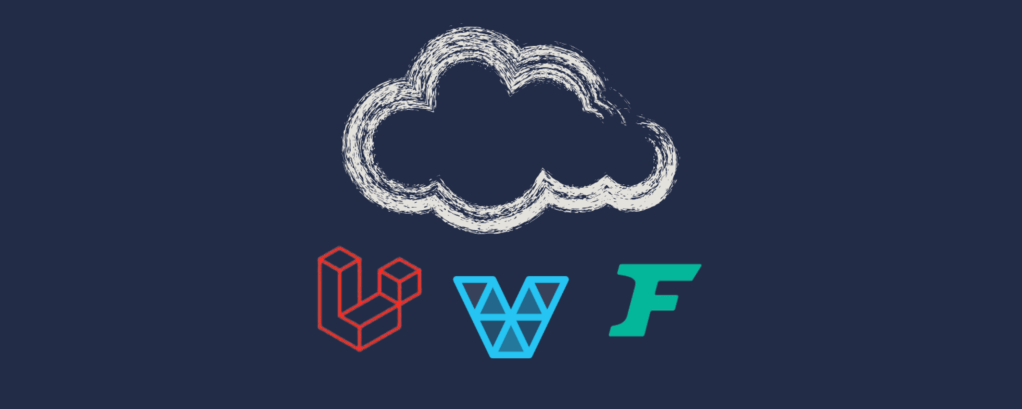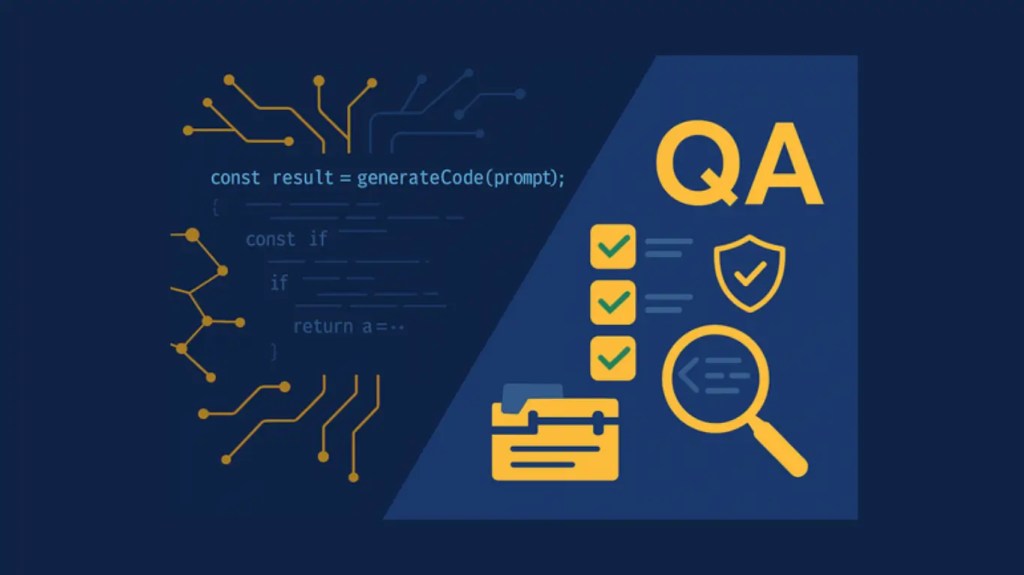If you’ve read our recent guide on privacy and security in Laravel Cloud deployments, you already know how crucial it is to choose the right infrastructure for your Laravel application. But knowing why privacy and compliance matter is just the start. Now comes the next big question: how exactly should you deploy your Laravel app to the cloud?
Laravel has a vibrant ecosystem that includes multiple deployment tools, each suited to different types of teams and projects. In this article, we’re comparing Laravel Cloud, Laravel Forge, and Laravel Vapor—three official paths for getting your app into the cloud.
Spoiler: there’s no one-size-fits-all answer here. But by the end of this post, you’ll have a clearer idea of which option makes the most sense for your project.
Understanding the Three Tools
 Laravel Cloud is the newest kid on the block. Announced by Taylor Otwell at Laracon US 2024 and officially launched in February 2025, it’s a fully managed platform for deploying Laravel apps. Think zero DevOps, no server provisioning, and built-in services like databases, storage, caching, queues, and domain management. It’s Laravel-first, Laravel-native, and all about simplifying deployment so developers can focus purely on building. Laravel Cloud is designed to complement, not replace, tools like Forge and Vapor.
Laravel Cloud is the newest kid on the block. Announced by Taylor Otwell at Laracon US 2024 and officially launched in February 2025, it’s a fully managed platform for deploying Laravel apps. Think zero DevOps, no server provisioning, and built-in services like databases, storage, caching, queues, and domain management. It’s Laravel-first, Laravel-native, and all about simplifying deployment so developers can focus purely on building. Laravel Cloud is designed to complement, not replace, tools like Forge and Vapor.
 Laravel Forge, on the other hand, is a trusted workhorse. It helps you provision and manage cloud servers (DigitalOcean, AWS, Linode, and others) with minimal hassle. You still have control over the underlying infrastructure, but Forge removes a lot of the manual setup.
Laravel Forge, on the other hand, is a trusted workhorse. It helps you provision and manage cloud servers (DigitalOcean, AWS, Linode, and others) with minimal hassle. You still have control over the underlying infrastructure, but Forge removes a lot of the manual setup.
![]() Then there’s Laravel Vapor—a serverless deployment platform that runs on AWS. You don’t manage any servers here either, but it’s more complex under the hood than Laravel Cloud. With Vapor, your app runs on AWS Lambda, and you tap into all the power (and quirks) of the AWS ecosystem. Note: Vapor requires an AWS account to operate.
Then there’s Laravel Vapor—a serverless deployment platform that runs on AWS. You don’t manage any servers here either, but it’s more complex under the hood than Laravel Cloud. With Vapor, your app runs on AWS Lambda, and you tap into all the power (and quirks) of the AWS ecosystem. Note: Vapor requires an AWS account to operate.
Quick Comparison
Here’s how they stack up side by side across core dimensions like DevOps involvement, flexibility, and scalability:
Here’s how they stack up side by side:
👋 Which Laravel deployment option are you exploring—Cloud, Forge, or Vapor?
Tell us more about your project and we’ll help you make the right choice.
Trusted by tech leaders at:



Customization, DevOps, and Pricing
Beyond features, there are a few practical considerations that can influence your decision:
DevOps Involvement

 handles most infrastructure tasks, ideal for teams without DevOps expertise
handles most infrastructure tasks, ideal for teams without DevOps expertise requires basic server knowledge for setup and management
requires basic server knowledge for setup and management necessitates familiarity with AWS services and cloud architecture
necessitates familiarity with AWS services and cloud architecture
Customization Flexibility
 offers extensive control over server configurations
offers extensive control over server configurations allows AWS-native customization but within AWS’s ecosystem
allows AWS-native customization but within AWS’s ecosystem provides a streamlined experience with less flexibility for unconventional setups
provides a streamlined experience with less flexibility for unconventional setups
CI/CD Compatibility
 &
&  integrate well with platforms like GitHub Actions and Envoyer
integrate well with platforms like GitHub Actions and Envoyer simplifies deployment but may have limited CI/CD integrations currently
simplifies deployment but may have limited CI/CD integrations currently
Vendor Lock-In
 is tied to AWS services
is tied to AWS services is Integrated within Laravel’s ecosystem
is Integrated within Laravel’s ecosystem offers flexibility with various providers like DigitalOcean and AWS
offers flexibility with various providers like DigitalOcean and AWS
Cost Model
 offers a free Sandbox plan with usage-based pricing; other plans have base fees plus usage costs
offers a free Sandbox plan with usage-based pricing; other plans have base fees plus usage costs has predictable pricing starting at $12/month plus server costs
has predictable pricing starting at $12/month plus server costs charges a fixed fee (e.g., $39/month) plus AWS usage fees
charges a fixed fee (e.g., $39/month) plus AWS usage fees
When to Use What
Use Laravel Cloud if you want to get up and running quickly and never touch a server again. It’s especially ideal for SaaS products, MVPs, or teams without a dedicated DevOps resour
Choose Forge if you like having more control over your environment, or if you need to support custom configurations. Forge is also great for agencies or freelancers who spin up and manage many Laravel apps across clients.
Opt for Vapor if your app needs to scale rapidly, runs on-demand jobs, or benefits from AWS integrations like SQS, Lambda, or EventBridge. It’s powerful—but not as plug-and-play as Laravel Cloud.
How Security and Compliance Tie In
As we discussed in our Blueprint for Privacy and Security in Laravel Cloud Deployments article, your deployment approach has real implications for how you handle sensitive data, stay compliant with standards like GDPR or HIPAA, and protect against misconfigurations. Laravel Cloud helps reduce risk with its built-in guardrails, while Forge and Vapor offer more flexibility—but also require more diligence.
No matter which path you choose, your responsibility as a developer or team doesn’t end at pushing code live. You still need to:
- Manage access controls
- Configure environment variables securely
- Set up logging and backups
- And, if you’re using Forge or Vapor, stay on top of infrastructure updates
In a Nutshell
- Use Laravel Cloud if you want a frictionless experience and don’t need full infrastructure control.
- Use Forge if you want flexibility and full visibility into your servers.
- Use Vapor if you’re building for high-scale AWS-native apps and need serverless scale.
So, Which One Is Right for You?
If you want the easiest path with strong defaults, Laravel Cloud is your best bet. If you need control and already have infrastructure experience, Forge will feel natural. If you’re deep into AWS or building something highly dynamic and event-driven, Vapor is where it’s at.
And remember: it’s not always either/or. You could deploy staging on Forge and production on Vapor. Or use Laravel Cloud for your MVP and migrate later.
Need Help Deciding?
At Curotec, we help teams navigate these kinds of choices every day. Whether you’re launching a brand-new Laravel app or migrating a legacy one, we can help you find the right stack—and secure it properly from day one.
Contact us; let’s talk about your Laravel deployment strategy.









